Cruising the Southern Patagonian Ice Field in Chile
Sailing the pristine fjords, hiking through subpolar forests, and watching vehicle-sized chunks of ice calve from El Brujo Glacier, Stephen Lioy finds the tranquility and majesty of this remote journey hard to top.
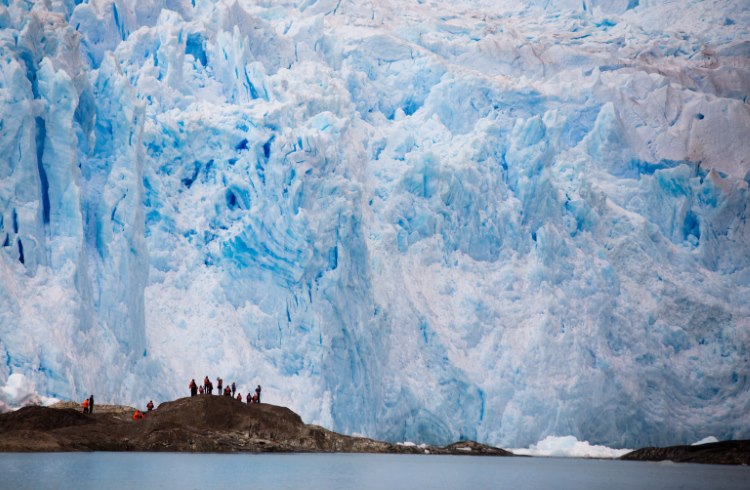 Photo © Stephen Lioy
Photo © Stephen Lioy
As the small jetty of Puerto Natales slips silently out of sight, the only sounds that break the evening quiet are the call of birds and the ship's bow cutting through the calm waters of Chile’s Admiral Montt Gulf. The first of three days aboard the small but rugged Skorpios III cruise ship give very little indication of the splendors that await us in the Southern Patagonian Ice Field.
Early the next morning, we arrive at the Amalia Glacier – one of the fastest-retreating in the region, having lost over 4.3mi (7km) since 1952 – and disembark on the ship's tenders for the day's first shore excursion. Hiking from a stony beach through scrubby stands of Magellanic subpolar forest, we gather at a rocky outcrop overlooking the glacier's tongue and the many miles of ice behind it that flow slowly down from the peak of the Reclus Volcano. The first of many such visits over these activity-filled days, it inspires a feeling of overwhelming awe in the face of nature that will repeat itself again and again.
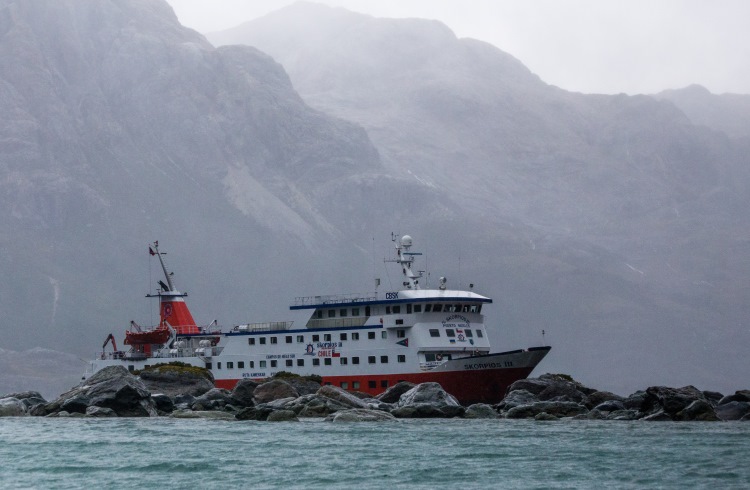
Awestruck by El Brujo Glacier
The highlight of the second day, perhaps the entire trip, repeats that same pattern: off the boat, onto the shore for an incredible glacier viewpoint. The 0.6mi (1km) wide foot of the El Brujo Glacier towers above us. Vehicle-sized chunks of ice calve and splash in the water below, sending icy waves crashing towards our perch hundreds of yards away. Our guides detail the height, the history, and the breadth of the Ice Fields, the significance of national park namesake Bernardo O'Higgins; in truth, we barely hear them, so caught up are we in our own quiet murmurs, invoking both higher powers and the depths of disbelief at the beauty that surrounds us.
Finally, having run out of words of admiration and with no more photos to possibly take, we return to our launches to navigate back between the floes of floating ice, board the ship, and continue further into the Ice Field and on to even more.
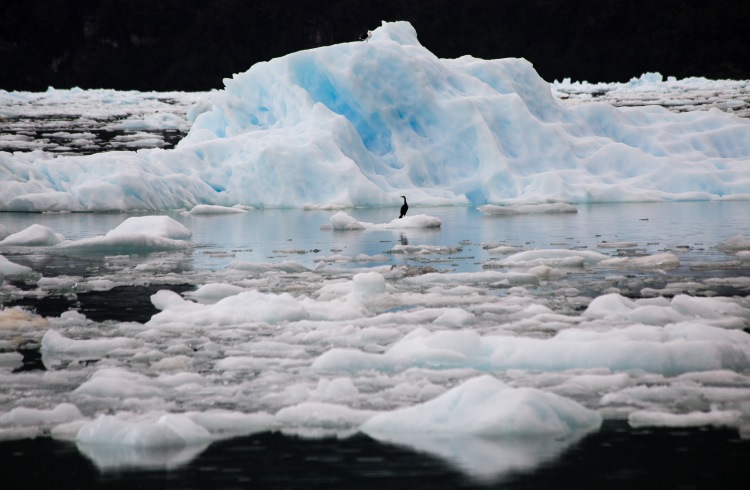
Exploring the remote Chilean fjords
Our most remote point, in the heart of the Calvo Fjord, is closer to the Argentinian tourist hub of El Calafate than to our starting point of Puerto Natales. El Calafate’s famous Perito Moreno Glacier lies less than 12.5mi (20km) away from us, beyond the spine of the Cerro Pietrobelli ridge that defines the border.
Stretching over 217mi (350km) along much of the southern stretch of Chile and Argentina, the Southern Patagonian Ice Field is the world's second-largest outside the polar regions. To celebrate having reached this far, we share a toast of whiskey, poured over 1,000-year-old ice plucked straight from the waters through which we cruise. While Magellanic cormorants and Andean condors wheel through the frigid summer air, we slowly plot a course back towards the starting point of our journey.
Shore excursions and wildlife-spotting trips begin to blur together. We begin a short forest hike to touch the very edges of the Bernal Glacier. Seemingly the very next moment, we disembark again for a wildlife-spotting trip in small speedboats, on the lookout for sea lion colonies and condor rookeries. All around, we continue through a shifting sea of landscapes, from forested rock islands to dramatic snow-capped peaks, until a grey mist descends. We finally raise the anchor one last time to return to Puerto Natales.
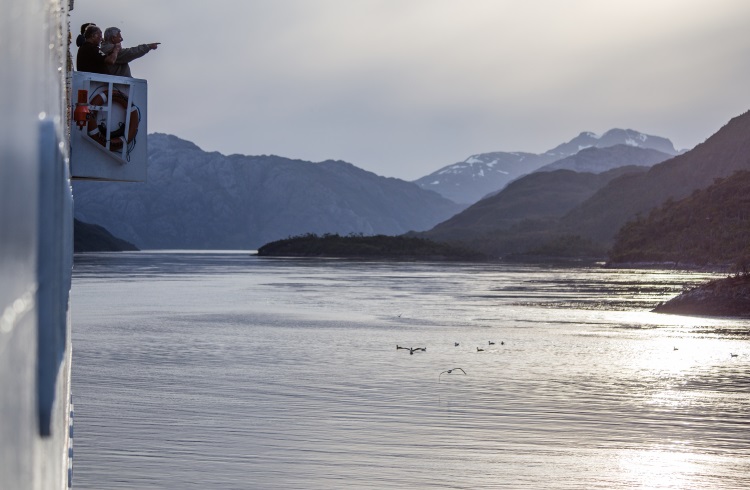
Disembarking to continue our travels in Patagonia – some to Torres del Paine for world-famous hikes, and others across the Argentine border for more glacier-spotting or to catch a ship bound for Antartica – the relative bustle of tiny Puerto Natales is now a jarring contrast to the quiet of the icy waters.
Though the scenery of the Patagonia region will continue to amaze, very little will compare to the tranquility and wonder of traveling through the rarely visited waters of the Southern Patagonian Ice Field. Alongside adventures like the Q circuit at Torres del Paine, Everest Base Camp in Nepal, or the remote Tien-Shan mountains of Central Asia, this experience remains a highlight of my travels to this day. The combination of pristine nature, diversity of landscapes, true remoteness, and surprisingly comfortable travel is one that has been rarely replicated since.
Trip Notes
The author traveled with Chilean cruise operator Cruceiros Skorpios on the company's Kaweskar Route, which offers around 50 sailings each season from October to April. Other cruise operators that offer travel in the region include French-based Ponant and USA-based Seabourn, both of which include the region on longer South America itineraries.
Related articles
Simple and flexible travel insurance
You can buy at home or while traveling, and claim online from anywhere in the world. With 150+ adventure activities covered and 24/7 emergency assistance.
Get a quote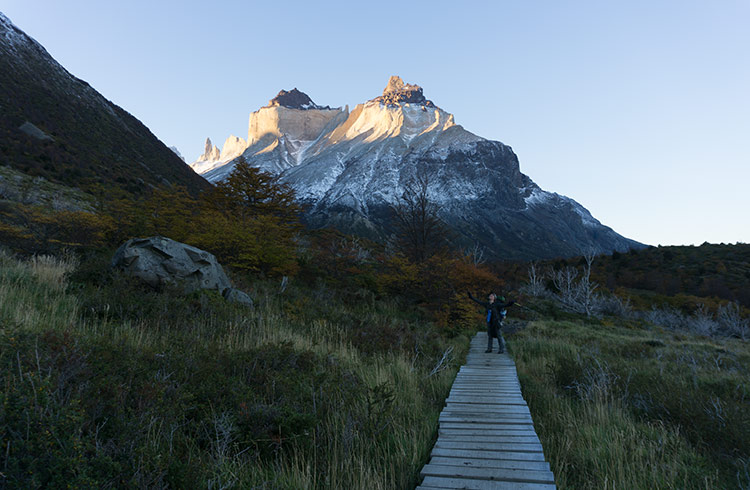
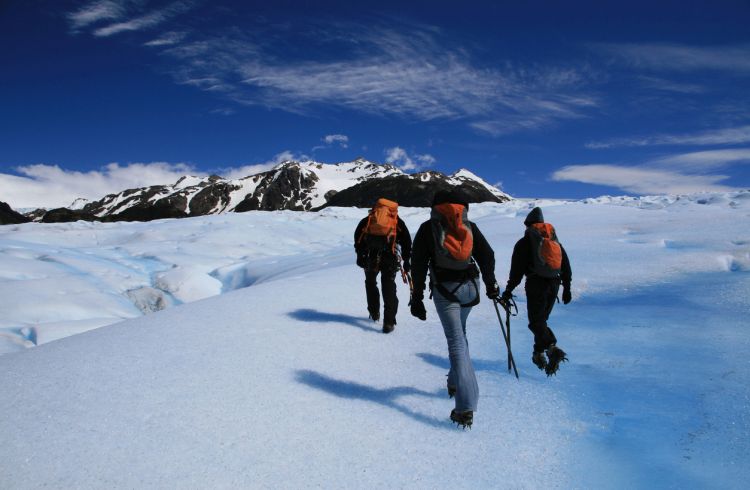
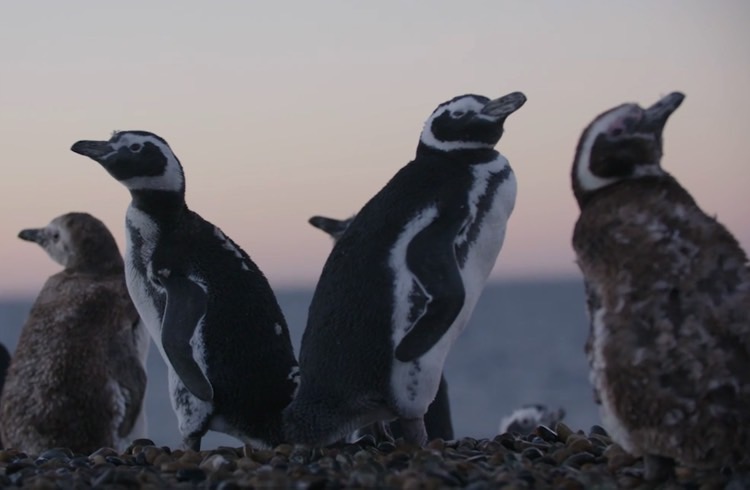
No Comments